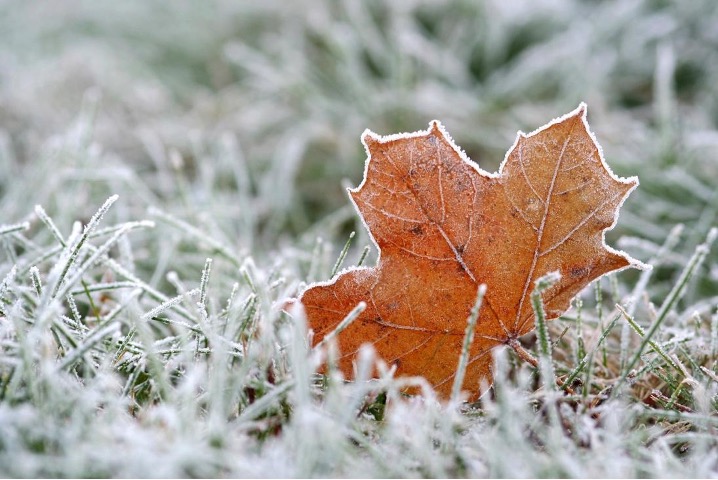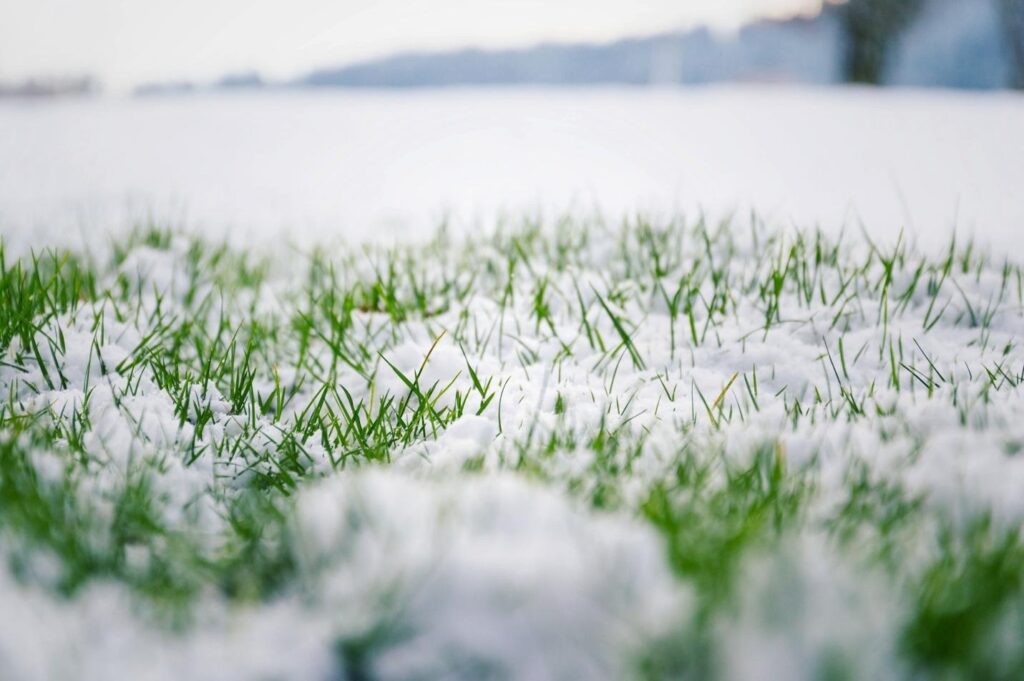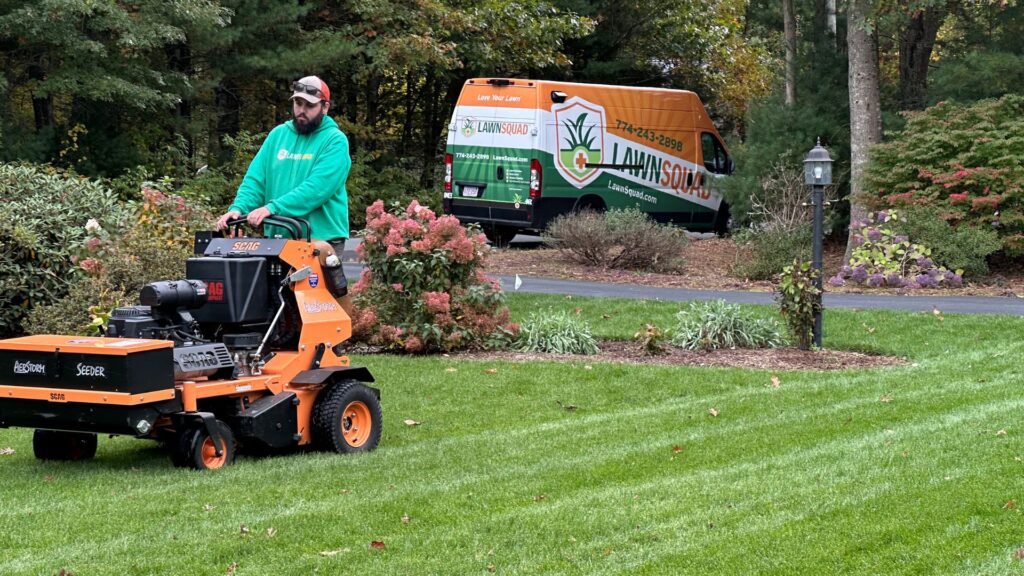Between the freezing temperatures, ice, and snow, your lawn goes through a lot every winter. This can take a significant toll and require work on your part. You will also need the help of professionals to get your grass at its best once again.
Although many homeowners may be excited to jump right in and mow their yard, doing specific tasks before you start up the lawn mower can help encourage better results for the health and look of your property.
Is Lawn Spring Cleanup Necessary?
Spring cleanup is necessary for your lawn if you want it to be healthy and look its best. These tasks in the early stages can be beneficial for helping your lawn look beautiful all season. It’s also a great way to revitalize it after a long winter.
Some communities have rules in place that require residents to maintain their lawns properly. Although their stipulations likely don’t include a step-by-step process, these steps will help keep your property within the community guidelines, such as having your grass within the height requirements.
Remove Debris and Decor
Removing debris and decor is the first step you should do. Take anything off your grass that could get in the way of treatment and lawn mowing. This can include kids’ toys, garden signs, piles of wood, and anything else you find lying around. This is also a good time to look into professional tree and shrub care so that your whole yard can blossom into spring together.
Rake Your Lawn
Raking your lawn isn’t just to remove dead leaves that fell during autumn. It’s also a crucial task to do in spring to remove debris that could prevent your lawn from growing properly and getting the nutrients it needs.
Make sure you’re raking gently and not using too much force that could damage your grass or stress it. Wait until the soil has dried out and is firm to avoid damaging tender grass. Gently rake the lawn to remove thatch, dead grass, twigs, and anything else that shouldn’t be part of your lawn.
Check for Signs of Pests
The warmer the weather gets, the more tempted pests will be to invade your lawn. However, they may have already started. Some insects and other pests are hard to spot, and you may not even see them physically. However, you might notice the damage they’ve done and the traces they’ve left behind.
For example, some insects will cause your grass to die. If you see yellow or brown patches, it could indicate pests, such as grubs. Signs you have pests in your yard include grass blades with jagged edges or holes from insects like grasshoppers.
You should also pay attention to what’s going on beneath the grass. Look for holes of all sizes, indicating pests are making tunnels or mounds. For instance, ants will make small dirt mounds as they navigate underneath.
If you notice a pest infestation or think one might be present, you don’t have to deal with the situation alone. We deal with a variety of pests and can formulate a plan to rid them from your lawn as much as possible. If you have pets, we can also implement our flea and tick control services to ensure they have a safe area in which to play.
Trim the Border of Your Property
Using an electric, cordless trimmer and edger is a great way to get the edges of your property streamlined and pristine. They’re simple to use and are effective for creating pathways free of overhanging grass. Overhanging grass can be difficult to trim properly with the lawn mower.
Aerate Your Lawn
Aerating a lawn is a step many homeowners don’t do, but it can significantly improve the health and look of their lawn. Soil can easily compact, which makes it difficult for the grass roots underneath to grow properly, get the water they need, and absorb nutrients.
We offer lawn aeration services that gently break up your lawn by making little holes, allowing it to get the oxygen, nutrients, and water needed to grow strong and look beautiful. Early spring aeration can benefit your lawn, especially if done before weed growth begins. Aeration can also help your lawn become more durable to withstand foot traffic from humans and pets.
Overseed Your Lawn
Overseeding involves spreading grass seed over an existing lawn to fill bare spots, make it more beautiful, and improve its density and health. A thicker lawn can also make your property more resistant to weeds, preventing them from popping up and causing damage.
Spring overseeding is ideal for warm-season grasses and can work for cool-season grasses if timed carefully. Our team offers weed control services to support healthy overseeding and help prevent weeds from becoming a problem.
Apply Fertilizer
Applying fertilizer to your lawn can promote healthy grass growth and encourage deeper and stronger roots. Stronger roots can improve the look and health of your grass and make it more resilient, denser, and beautiful.
For cool-season grasses, light spring fertilization is beneficial, while warm-season grasses respond best to fertilizer in late spring. We offer a VitaminLawn Program that takes a comprehensive approach to lawn care and includes a variety of tasks catered to help you improve the look and health of your lawn. What’s included depends on the package you purchase, but it may include options like grub control and fertilizer treatments.
Water the Lawn
Make sure you’re watering your lawn properly. It’s important to do it when it’s cool out, such as first thing in the morning before the temperatures start to heat up. If you’d rather not do it manually, consider putting it on a timer so it will go off automatically even if you’re not home.
You also want to make sure not to overwater your lawn. For example, puddles should not be forming in your lawn after you water it. Lawns typically need 1 to 1.5 inches of water per week, including rainfall, delivered in light, even applications.
Inspect Your Lawnmower
Never mow your lawn without first inspecting your lawn mower. This isn’t just important in spring after you haven’t used it all winter; it’s also crucial to do it whenever you want to mow your lawn. This is for your safety and to ensure the lawn mower is in excellent condition and won’t accidentally injure you.
Check that everything is intact and looks safe. There should be no cracks in the facade, no loose wires, and nothing stuck in the blades. In addition, make sure your lawn mower isn’t plugged in and that all safety devices are in place before you start your inspection.
If your lawn mower looks like something is wrong with it, don’t take chances with trying to use it. It’s better to either get it professionally repaired or buy a new one before mowing your lawn.
Help your property look its best and be its healthiest. Lawn Squad® offers a variety of lawn services, including overseeding, aeration, flea and tick control, and fertilizing. Contact us today for a free quote and more information about how we can help your lawn.






